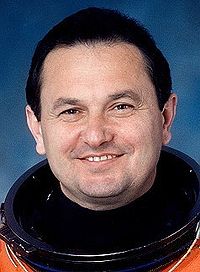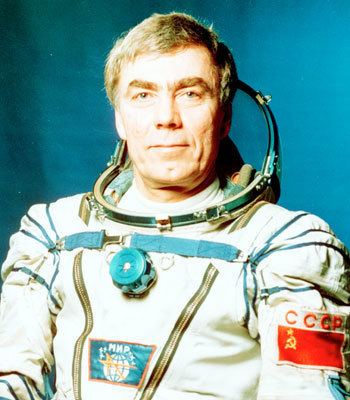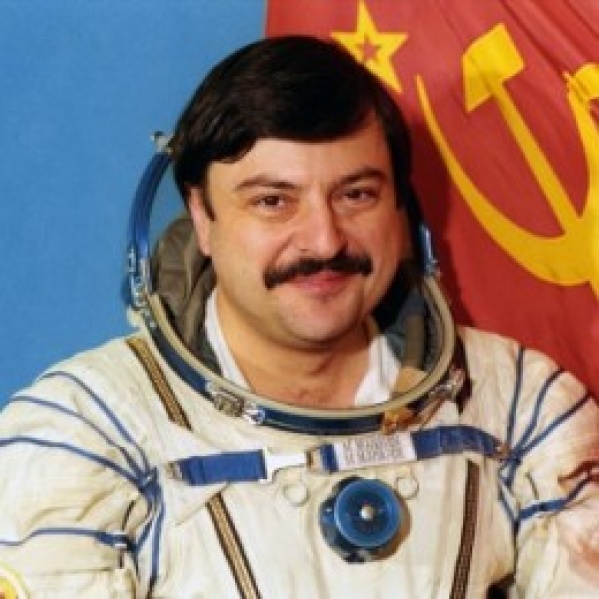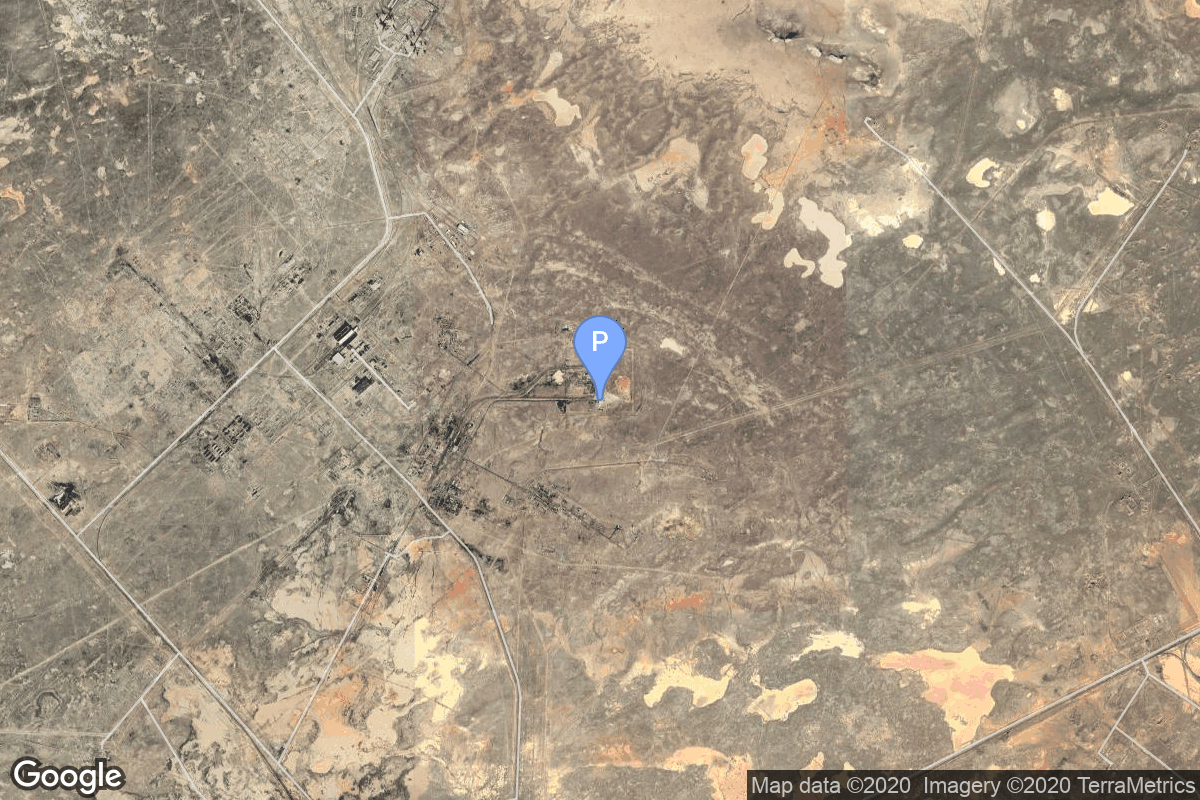Soyuz TM-4
Soyuz-U2
Soviet Space Program
Crew

Vladimir Georgiyevich Titov
- Birthday: 01/01/1947
- Role: Commander
- Nationality: Russian
- First Flight: 04/20/1983
- Last Flight: 09/26/1997
Vladimir Georgiyevich Titov (Russian: Владимир Георгиевич Титов; born 1 January 1947 in Sretensk, Zabaykalsky Krai, Russia) is a retired Russian Air Force Colonel and former cosmonaut. He has participated in four spaceflight missions. The catastrophic explosion of a Soyuz rocket in 1983 led to him being one of only two people to use a launch escape system.

Anatoli Levchenko
- Birthday: 05/05/1941
- Role: Research Cosmonaut
- Nationality: Russian
- First Flight: 12/21/1987
- Last Flight: 12/21/1987
Anatoli Semyonovich Levchenko (Russian: Анатолий Семёнович Левченко; May 5, 1941 – August 6, 1988) was a Soviet cosmonaut.
Levchenko was planned to be the back-up commander of the first Buran space shuttle flight, and in March 1987 he began extensive training for a Soyuz spaceflight, intended to give him some experience in space. In December 1987, he occupied the third seat aboard the spacecraft Soyuz TM-4 to the space station Mir, and returned to Earth about a week later on Soyuz TM-3. His mission is sometimes called Mir LII-1, after the Gromov Flight Research Institute shorthand. In the year following his spaceflight, Levchenko died of a brain tumor, in the Nikolay Burdenko Neurosurgical Institute in Moscow.

Musa Manarov
- Birthday: 03/22/1951
- Role: Flight Engineer
- Nationality: Russian
- First Flight: 12/21/1987
- Last Flight: 12/02/1990
Musa Khiramanovich Manarov (Russian: Муса Хираманович Манаров; born March 22, 1951 in Baku, Azerbaijan SSR) is a former cosmonaut who spent 541 days in space.
From December 21, 1987 to December 21, 1988 he flew as flight engineer on Soyuz TM-4. The flight duration was 365 days 22 hours 38 minutes. From December 2, 1990 to May 26, 1991 he flew again as a flight engineer on Soyuz TM-11. The duration was 175 days 1 hour 50 minutes,[2] the longest continuous time spent in space by anyone at that time. During his 176-day stay, Manarov observed the Earth and worked in space manufacturing. He also performed 20 hours of spacewalks.
Mission
Soyuz TM-4
- Type: Human Exploration
- Orbit: Low Earth Orbit
Soyuz TM-4 was the fourth mission to Mir space station. The mission began on December 21, 1987, 11:18:03 UTC, launching Commander Vladimir Titov, Flight Engineer Musa Manarov and Research Cosmonaut Anatoli Levchenko into orbit. They docked with Mir two days later. During their stay there, crew carried out over 2000 various experiments, performed two EVAs. They were visited by Soyuz TM-5 and Soyuz TM-6 crews. Vladimir Levchenko spent only a week on the station, while other two members of the crew stayed for a long duration mission.
They returned on a Soyuz TM-6 spacecraft, landing safely back on Earth on December 21, 1988, 09:57:00 UTC.
Location
1/5
Baikonur Cosmodrome, Republic of Kazakhstan
1/5 has witnessed the launch of 487 rockets, including 487 orbital launch attempts, while Baikonur Cosmodrome, Republic of Kazakhstan, has been the site for 1547 rocket launches.
Rocket
Soviet Space Program Soyuz-U2
The Soyuz-U2 was a Soviet, later Russian, carrier rocket. It was derived from the Soyuz-U, and a member of the R-7 family of rockets. It featured increased performance compared with the baseline Soyuz-U, due to the use of syntin propellant, as opposed to RP-1 paraffin, used on the Soyuz-U.
Agency
Soviet Space Program
The Soviet space program, was the national space program of the Union of Soviet Socialist Republics (USSR) actived from 1930s until disintegration of the Soviet Union in 1991.
The Soviet Union’s space program was mainly based on the cosmonautic exploration of space and the development of the expandable launch vehicles, which had been split between many design bureaus competing against each other. Over its 60-years of history, the Russian program was responsible for a number of pioneering feats and accomplishments in the human space flight, including the first intercontinental ballistic missile (R-7), first satellite (Sputnik 1), first animal in Earth orbit (the dog Laika on Sputnik 2), first human in space and Earth orbit (cosmonaut Yuri Gagarin on Vostok 1), first woman in space and Earth orbit (cosmonaut Valentina Tereshkova on Vostok 6), first spacewalk (cosmonaut Alexei Leonov on Voskhod 2), first Moon impact (Luna 2), first image of the far side of the Moon (Luna 3) and unmanned lunar soft landing (Luna 9), first space rover (Lunokhod 1), first sample of lunar soil automatically extracted and brought to Earth (Luna 16), and first space station (Salyut 1). Further notable records included the first interplanetary probes: Venera 1 and Mars 1 to fly by Venus and Mars, respectively, Venera 3 and Mars 2 to impact the respective planet surface, and Venera 7 and Mars 3 to make soft landings on these planets.


